Summary: Envisioning Pakistan at 100
As Pakistan as a country nears its centenary, it faces difficult choices to achieve a vision of its full potential. Despite an inauspicious start and a complex political history, Pakistan’s economy grew quickly in its earlier years and improved the lives of its citizens, becoming an example of successful development in its first 30 years. This has changed now, and Pakistan is struggling to keep pace with the growth and transformation of its peers, while improvements in development outcomes have become slow and uneven. Pakistan@100 seeks to identify the main changes that will be necessary if Pakistan is to become a strong upper middle-income country by the time it turns 100 years old in 2047. The choices over the next decade will determine Pakistan’s future. Whether it rises to the challenges ahead and ushers in a period of reform that transforms the economy, or whether it continues with the mixed record of reform implementation, failing to address the key constraints to growth, while another generation of Pakistanis sees limited welfare improvements. This executive summary provides a vision of the type of country Pakistan could be by 2047, illustrating the type of changes that are possible, and it discusses a limited number of priority reforms that will be necessary to address the most pressing constraints to accelerating and sustaining growth.
1. A Vision of Pakistan at 100 and the Challenges It Faces Today
Empowering women – enhancing women’s access to work to support growth
Imagine a Pakistan…
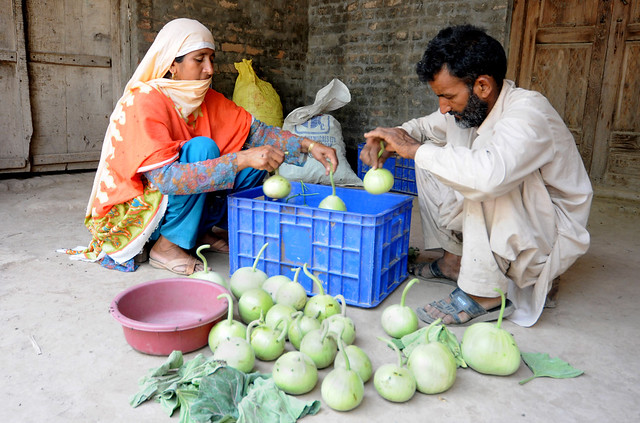
Imagine a Pakistan in which its large number of young people has been turned into a demographic dividend by creating millions of quality jobs. Imagine a Pakistan in which stunting and malnutrition have become a distant problem of the past. Imagine a Pakistan in which all citizens, but especially women, have the chance and the skills to join the labor force. Imagine a Pakistan in which all girls and women make their own decisions on pregnancy, work and age to get married. Imagine a Pakistan in which women regularly compete with or outperform men for the best jobs as doctors, scientists, policymakers and civil servants. Imagine a Pakistan in which a child, from any background, from any area in any province, has the same potential to become a doctor or an IT specialist as a child from a wealthy household in an urban area.
To get there…

Investments in family planning, maternal health and early childhood development are the foundation of human capital accumulation. Today, Pakistan’s population is almost 208 million and growing. This is Pakistan’s greatest asset, but it needs to invest more and better in this asset. Pakistan is experiencing a youth bulge, with the number of individuals entering the labor market expanding faster than the total population. This can be turned into a demographic dividend, if the country is able to absorb these young workers into the labor force by creating sufficient quality jobs and ensuring that people—both men and women—have the opportunity to participate in the labor force. On the other hand, to meet the demands of the labor market, more investment in human capital is needed. In this context, human capital is the knowledge, skills and health that people accumulate throughout their lives, enabling them to realize their full potential as productive members of society. Pakistan’s situation today suggests that it will not be able to generate a demographic dividend. Persistently high fertility rates, far higher than in peer countries, would prevent the type of declining dependency rates that are needed. Lower fertility is associated with improved maternal and child health, and greater female labor force participation. In addition, Pakistan continues to have one of the highest stunting rates in the world, affecting future learning and labor market success. Many children do not attend school, and many of those that attend are not being taught the necessary skills to succeed in today’s economy, even less so in a global economy that will increasingly reward knowledge.
A knowledge and innovation driven economy
Imagine a Pakistan…
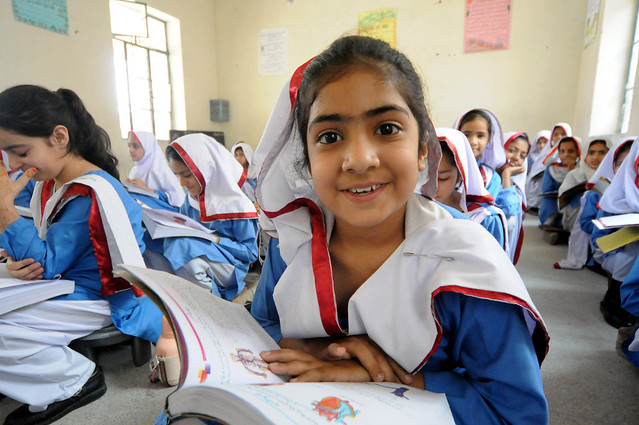
Imagine a Pakistan in which businesses thrive and compete, and costs are low, attracting significant FDI and the very latest technologies, turning Pakistan into a competitive and innovation economic powerhouse. Imagine a Pakistan in which some firms have become world-leading innovators in niche markets. Imagine a Pakistan with a skilled labor force, including universal high-quality secondary education. Imagine a Pakistan in which its cities are home to state-of-the-art research centers and universities that lead the world in their own fields of expertise, for example water management and pollution mitigation.
To get there…

The future Pakistan will be one that has succeeded in overcoming the barriers to structural transformation that have been stifling its development in previous decades. Pakistan will have unleashed a period of rapid economic transformation by improving the business environment and providing first class infrastructure and education. Competition will be nurtured, supported by the adoption of the newest technologies through growing FDI and openness to trade and ideas, in turn creating a virtuous cycle of more competition and a more competitive economy. This could ultimately lead to Pakistan being at the technology frontier in niche markets. As things stand today, Pakistan’s economy has not changed much in the past 30 to 40 years. The share of agriculture in the economy has not declined much since the early 1990s. Pakistan’s business environment continues to be relatively weak, as reflected in Pakistan’s ranking in several international benchmarking exercises assessing the ease of doing business or the economy’s competitiveness. Incumbent businesses continue to be sheltered from domestic and international competition, through regulations and protectionist trade policies. Necessary public services and infrastructure (energy, transport, education) are inadequate, affecting the economy’s competitiveness.
Pakistan’s cities have become vibrant commercial hubs and centers of excellence
Imagine a Pakistan…

Imagine a Pakistan celebrating its centenary at a time when the country’s major port and trading hub, Karachi, is able to compete with the likes of Dubai, Shanghai or Singapore in the region. Imagine all the major cities in Pakistan connected by fast road networks and high-speed rail links, boosting trade and cutting logistics costs between the country’s major commercial and political hubs. Imagine the major cities of Pakistan being clean and green, and providing better services and public amenities, with houses close to parks, schools, libraries and sports facilities, free of crime, all providing for an urban experience able to attract talent from abroad. And imagine a Pakistan in which cities are beacons of tolerance and openness, supporting and providing momentum to Pakistan’s economic transformation.
To get there…
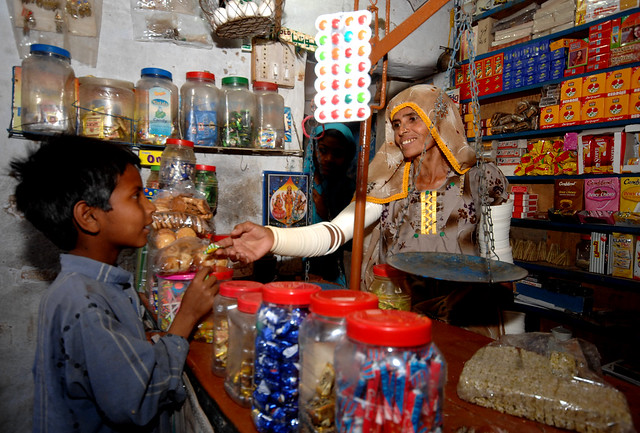
Pakistan’s major cities can play a greater role in driving structural transformation and growth. The future Pakistan could have cities with world-class municipal services that contribute to productivity growth. Pakistan is already rapidly urbanizing. Cities produce over half of the country’s value added and by some accounts around 60 percent of the population lives in urban areas. Today, Pakistan’s cities are not supporting the economy’s transformation as well as they could. Congestion costs (traffic, pollution, price increases, crime) can at times outweigh the benefits of agglomeration, negatively affecting productivity and growth. Pakistan has one of the worse air qualities in the world. Importers take 20 times longer to clear customs in Karachi than in OECD countries. A number of constraints have prevented cities from playing their role, including institutional fragmentation between different government levels, weak finances at the municipal level, poorly working land markets and limited provision of municipal infrastructure and services. The transformation of cities into engines of growth has begun, but much needs to change for cities to be able to play the leading role they have played in other countries, being able to compete internationally in attracting investment and talent.
Becoming a regional interconnectivity and trade hub
Imagine a Pakistan…
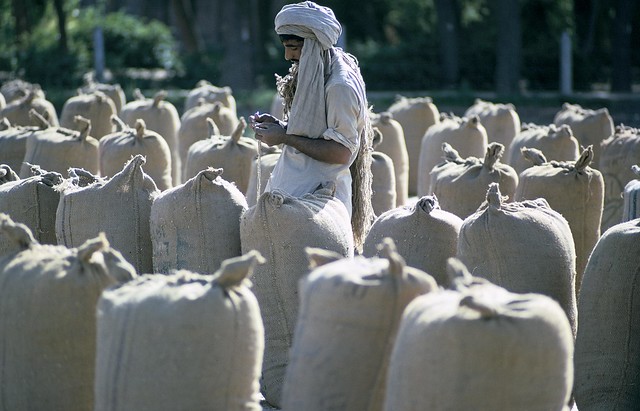
Imagine a Pakistan that is a major regional trading hub, acting as a logistics corridor connecting the two economic powerhouses on its doorstep, India and China. Imagine a Pakistan open to global markets and integrated in global value chains, tripling its regional trade. Imagine Lahore and New Delhi connected by a state-of-the-art high-speed rail link, allowing people to travel between the cities in less than 3 hours, instead of the 18-20 hours it can take today. Indeed, imagining a deep and mutually beneficial relationship between Pakistan and India is of paramount importance to Pakistan’s further growth, prosperity and security, especially given that India could become one of the largest economies in the world by the middle of the century.
To get there…
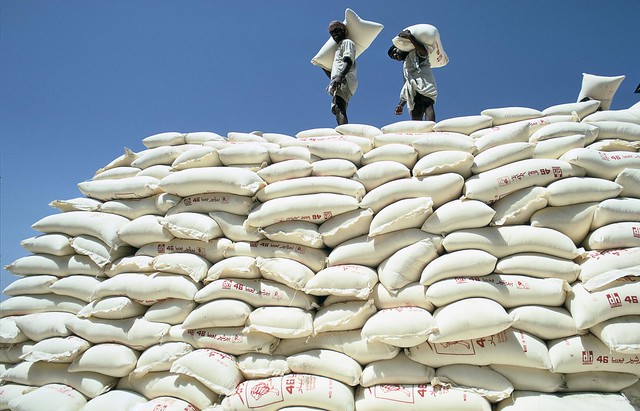
If it is to achieve this vision by its centenary, Pakistan will need to fully embrace the benefits of more open trade and regional integration. Today, Pakistan’s economy is relatively closed to global and regional markets, limiting its ability to benefit from its pivotal geographical situation. Average tariffs and tariff escalation are relatively high, and it is not well integrated in global value chains, limiting access to newest technologies and the opportunity to use increased competition and specialization for structural transformation. Trade with India, an economy with over 1 billion people and which may be one of the world’s largest economies by mid-century, is negligible. Regional tensions affect domestic policy choices, with an increasing share of limited public resources being used for defense. Increasing regional integration within South Asia could expand Pakistan’s economy by 30 percent by 2047. Stronger regional relations can support Pakistan’s economic transformation and security objectives, increasing its leverage to resolve disputes with its neighbors and freeing resources for public investment in economic and human development. Previous efforts to normalize relations in the region have had mixed results and Pakistan cannot reduce tensions in the region on its own—other countries would also need to play their part.
A conducive governance environment supportive of reform and growth
Imagine a Pakistan…
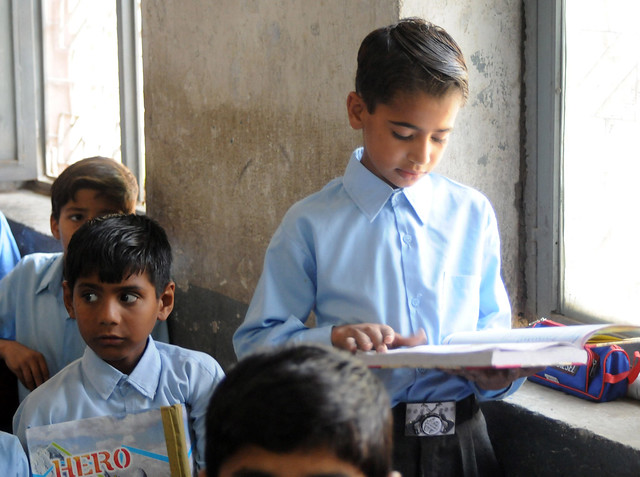
Imagine a Pakistan in which public schools and health centers rival the best private schools and hospitals. Imagine a Pakistan in which all government levels are united in providing the best attention and services to the private sector, to ensure it grows and provides employment for all people. Imagine a corruptionfree Pakistan in which people can monitor in real time that public resources are being put to the best use. Imagine a Pakistan in which digital technologies support the voice of citizens to hold their politicians accountable. Imagine a Pakistan in which civil servants in all areas, teachers, nurses, police and other frontline staff are all well qualified and highly skilled, and where career progression is based on performance and merit.
To get there…
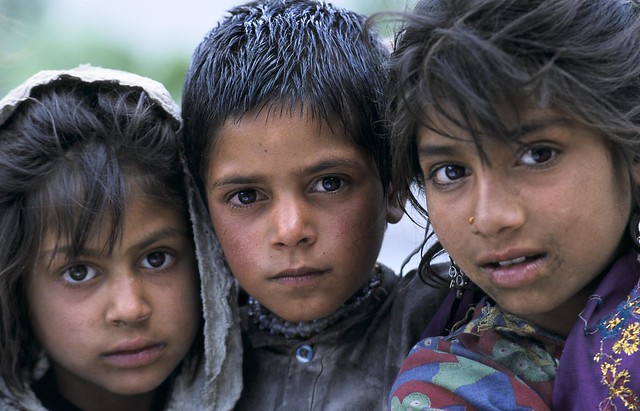
Establishing a governance environment that supports growth and allows for successful implementation of economic, social and environmental reforms requires a political system that aligns the incentives of policymakers with the interests of voters. Today, very often vested interests undermine political leaders’ accountability to citizens, and governance is deemed as a challenge, even when compared to its neighbors (Pakistan performs below its regional peers on most governance indicators). As a result, Pakistan has initiated many promising reforms, only for them to be shelved, poorly implemented, or subsequently undermined. This is partly because the system allows for some elites to influence policy formulation and implementation. In addition, Politicians’ capacity to manage the public sector is constrained by ineffective human resource management systems. Incomplete devolution by provincial governments to local governments means that a key mechanism for holding political leaders accountable has not been fully developed, undermining the operation of local governments, limiting their responsibilities and the public’s ability to hold them accountable.


